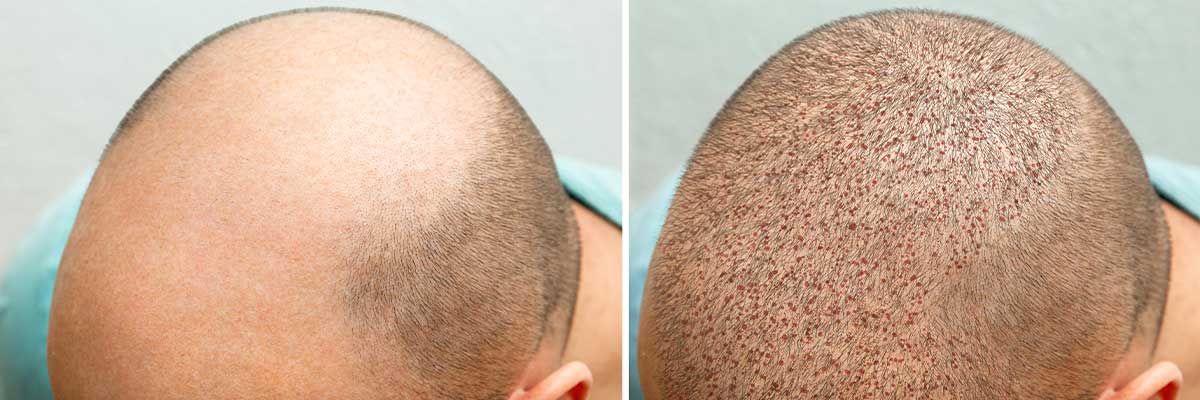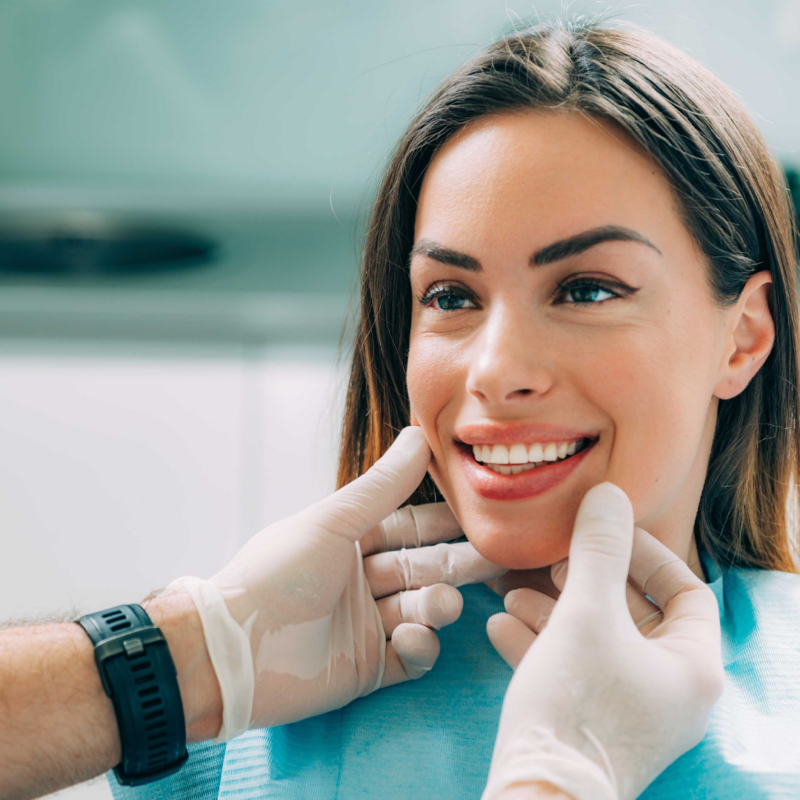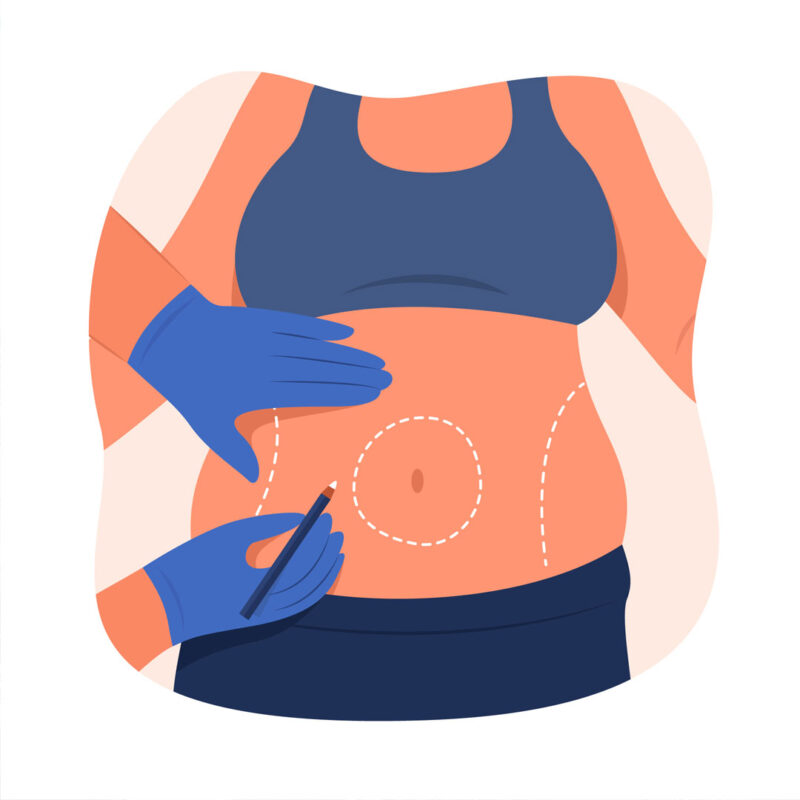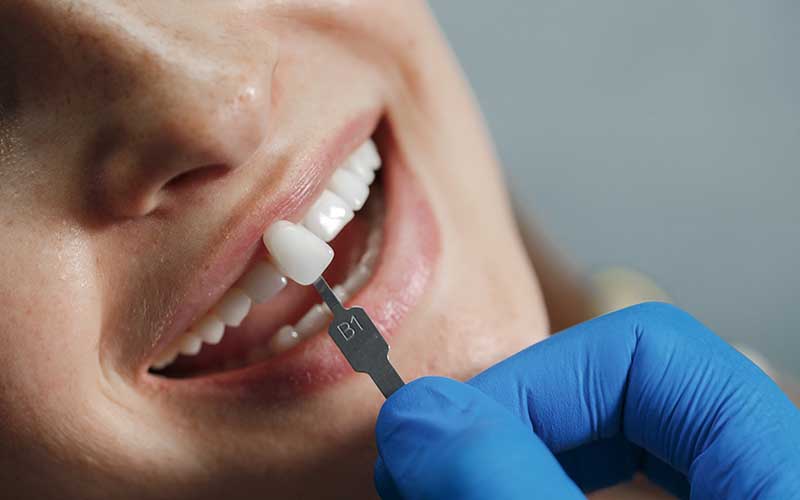Hair Transplantation in Turkey
Are you considering a hair transplantation in Turkey? Look no further for expert and affordable solutions to restore your natural hairline and regain your confidence. Turkey has become a hub for high-quality hair transplantation procedures, attracting individuals from around the world seeking top-notch medical services at competitive prices. With state-of-the-art facilities and experienced surgeons, the country has gained a reputation for delivering exceptional results in the field of hair restoration. Discover the unparalleled expertise and advanced techniques available for your hair transplantation in Turkey, ensuring a seamless and successful journey to renewed self-esteem. Choose Turkey as your destination for a transformative experience in hair transplantation, where skilled professionals prioritize your satisfaction and well-being. Say goodbye to hair loss concerns and hello to a revitalized, fuller head of hair with a hair transplantation in in Turkey.
Cost of a Hair Transplantation in Turkey
When exploring options for hair transplant procedures, understanding the cost of a hair transplant in Turkey is a key factor for many individuals seeking both quality and affordability. Turkey has emerged as a leading destination for cost-effective yet high-quality hair restoration treatments. The cost of a hair transplant in Turkey is often significantly lower compared to many other countries, without compromising on the professionalism and expertise of the medical professionals involved. By opting for a hair transplant in Turkey, individuals can benefit from competitive pricing while receiving top-notch care from experienced surgeons and state-of-the-art facilities. This makes Turkey an attractive choice for those looking to address hair loss concerns without breaking the bank. Explore the cost-effective solutions available in Turkey and embark on a journey to regain your confidence through a successful and budget-friendly hair transplant procedure.
Is Turkey Good for Hair Transplantation ?
“Is Turkey good for hair transplantation?” is a common question among those considering hair restoration procedures, and the resounding answer is yes. Turkey has earned a well-deserved reputation as a global hub for excellent hair transplantation services. Renowned for its skilled surgeons, cutting-edge technology, and affordable prices, Turkey offers a compelling combination of quality and cost-effectiveness. The country has become a preferred destination for individuals seeking reliable solutions to hair loss, attracting patients from around the world. Choosing Turkey for your hair transplantation ensures access to world-class expertise and advanced techniques, coupled with a welcoming and patient-focused approach. With its proven track record, Turkey stands out as an excellent choice for anyone looking to address hair loss concerns through a successful and satisfactory hair transplantation experience.
Hair Transplantation in Turkey Advantages
Exploring the advantages of hair transplantation in Turkey reveals a compelling array of benefits that make the country a premier destination for this transformative procedure. The foremost advantage lies in the unparalleled expertise of Turkish surgeons, who are globally recognized for their skill and precision in hair restoration. Additionally, the state-of-the-art facilities and advanced technologies available in Turkey contribute to the overall success of the procedures. One of the key advantages is the affordability factor, as the cost of hair transplantation in Turkey is often more budget-friendly compared to many other countries, without compromising on quality. Patients can also benefit from the welcoming hospitality and patient-centric approach of Turkish clinics, ensuring a positive and comfortable experience throughout the entire process. Choosing hair transplantation in Turkey means gaining access to a comprehensive package of expertise, technology, affordability, and a patient-friendly environment for a successful and satisfying hair restoration journey.
Who Can Get Hair Transplantation in Turkey?
Who can get a hair transplantation in Turkey? The answer is that hair transplantation in Turkey is a viable option for a diverse range of individuals dealing with hair loss concerns. Both men and women experiencing various types of hair loss, such as male pattern baldness or thinning hair, can benefit from the expertise offered by Turkish clinics. Whether you are in the early stages of hair loss or have more advanced conditions, qualified professionals in Turkey can assess your candidacy for hair transplantation. The inclusive approach extends to individuals from different age groups, backgrounds, and ethnicities, making Turkey a welcoming destination for those seeking effective solutions to their hair loss issues. With experienced surgeons utilizing cutting-edge techniques, hair transplantation in Turkey is a versatile and accessible option for anyone looking to restore their natural hairline and regain confidence in their appearance.
Hair Transplant in Istanbul, Turkey
Considering a hair transplant in Istanbul, Turkey? Look no further for a premier destination that seamlessly combines world-class medical expertise with the cultural richness of Istanbul. Renowned for its skilled surgeons and state-of-the-art facilities, Istanbul has become a global hub for high-quality hair transplantation procedures. The city’s strategic location bridges the gap between East and West, attracting individuals from around the world seeking top-notch care at competitive prices. With its vibrant atmosphere and historical charm, Istanbul offers a unique backdrop for your hair restoration journey. Trust in the expertise of Istanbul’s renowned clinics and experienced professionals as you embark on the path to regaining a fuller, natural-looking head of hair. Choose the allure of Istanbul for your hair transplant, where excellence meets a cultural experience, ensuring a transformative and satisfying outcome.
Please visit our page to get more information about our service.
Hair Transplantation












